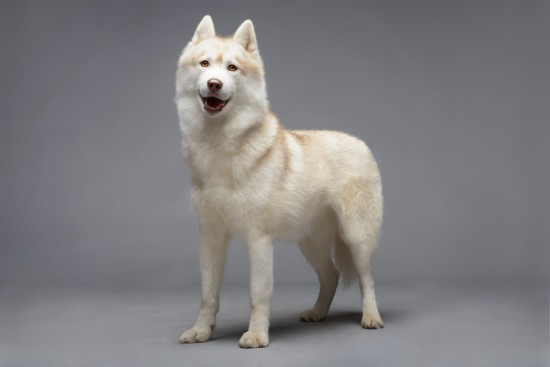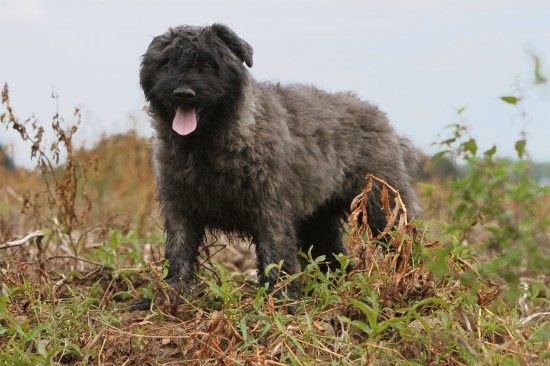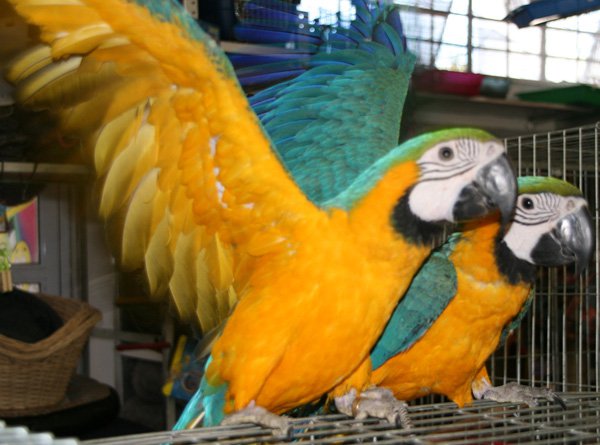
Osteomyelitis -- My West Highland Terrier, just turned 11 years old, has this in both front paws on the weight bearing toes. This is an infection in the bone, commonly caused by bacteria. Fungal and viral causes are also possible. If antibiotics don't work, amputation is the recommendation.
It's not always easy to know when they hurt. Sometimes it can be obvious such as when they yelp, vomit or begin to limp. Other signs might be going to a quiet place, a change in eating patterns, licking the sore part, a change in behaviour or difficulty moving around. It may take longer to connect these changes to feeling unwell.
Every dog is an individual and will deal with pain their own way. Rufus has always been a very stoic dog. He has never shown any obvious signs of being in pain. He has luxating patella in both back legs (the kneecap slides out of position). In his case it's likely congenital. Over time it has gotten worse and has led to early arthritis. The only indication I sometimes see that he may be in pain is when he has trouble jumping up on the couch or the bed (yes, he is allowed on my couch and bed). He struggles for a few minutes but pain doesn't stop him from doing it though. When the veterinarian palpates Rufus's knees, he's surprised at how easily they pop out as well as how he does not show any signs of pain.
This morning I watched as he walked ahead of me, tail wagging, bum wiggling, relaxed and clearly enjoying it. It never fails to make me smile. This evening, we got as far as the front lawn, where he stopped and lay down on the grass. We stayed there for about 15 minutes then came back inside.
I am not one for unnecessary surgery and have always said I would only go that route if I had no choice and saw that his quality of life was deteriorating. So far, so good on that front. Bilateral Luxating Patella doesn't stop him from chasing squirrels!
Rufus has always been special to me. He is what is commonly referred to in the dog biz as a "heart" dog. He is my "heart" dog. I will never be able to replace him. I do have another dog in my family who I love and adore. But he is not my "heart" dog.
The last few months, Rufus's behaviour has slowly changed. It took me a while to realize that he was reluctant to go for walks. He seemed depressed, and would stop frequently on walks when he did go. He began following me around more when in the house.
In general, he just seemed "off". I had a niggling feeling that something was wrong but there was nothing obvious that I could put my finger on.
Rufus and I have a special connection. He has the most amazingly expressive eyes. All you have to do is go to my website and check it out for yourself. I began to pay more attention, looking for and finding more subtle signs of discomfort. I began to notice was he was looking at me more, with very sad eyes. When I would go through the motions of preparing for a walk, he'd lift his eyes up at me as he lay under a chair near the door, but that's all. It used to be a signal for him to get up and get ready for his leash. Lately, more often than not, he chooses to remain under the chair. He's not and never has been a lap dog. He's always preferred being in the same room, close by but not on your lap. He began seeking out laps to snuggle in. I just knew something was up. The veterinarian did x-rays and discussed osteomyelitis, prescribed antibiotics and discussed the last resort of amputation.
My fingers are crossed and I am doing all I can to avoid that outcome. It got me thinking about the day I have to say goodbye to my "heart" dog. It also got me thinking about quality of life and what I am willing to do or not do to keep my dog healthy and happy.
SitStayLearn In Home Private Dog Training http://www.sitstaylearn.ca
 Rabbit Care Calendar - Month By Month Care Advice For Your Rabbit
Rabbit Care Calen
Rabbit Care Calendar - Month By Month Care Advice For Your Rabbit
Rabbit Care Calen
 Information On Foods That Are Poisonous Or Dangerous For Rabbits
Information On Fo
Information On Foods That Are Poisonous Or Dangerous For Rabbits
Information On Fo
 18 Questions About Genetics That Responsible Breeders Should Know The Answers To
18 Questions Abou
18 Questions About Genetics That Responsible Breeders Should Know The Answers To
18 Questions Abou
 Some More Information On The Bouvier Des Flandres Dog Breed
Some More Informa
Some More Information On The Bouvier Des Flandres Dog Breed
Some More Informa
 Cichlid pellets the best fish food for cichlids
Cichlid pellets the best fish food for cichlids
Cichlid pellets the best fish food for cichlids
Cichlid pellets the best fish food for cichlids
Copyright © 2005-2016 Pet Information All Rights Reserved
Contact us: www162date@outlook.com